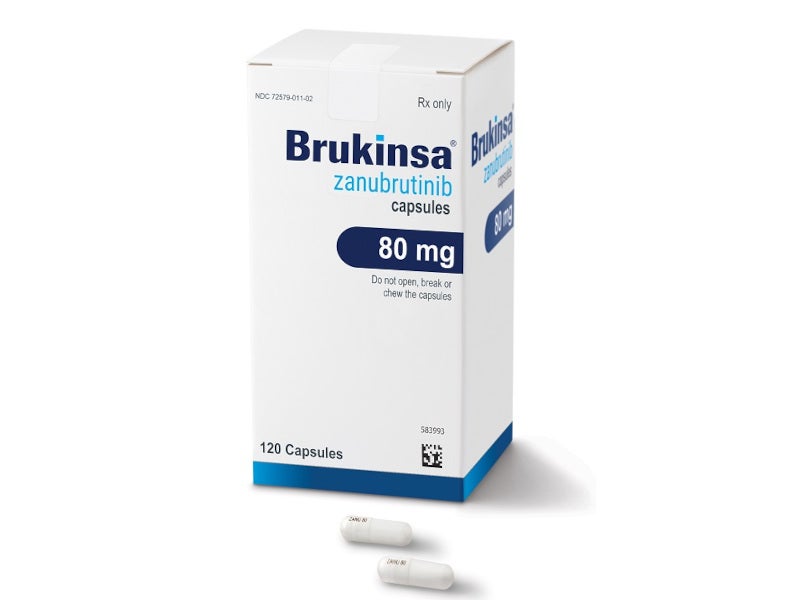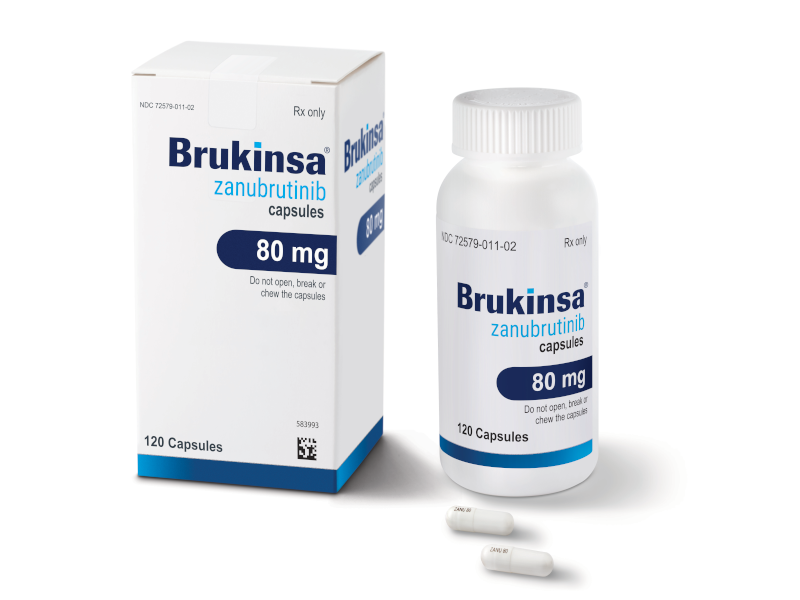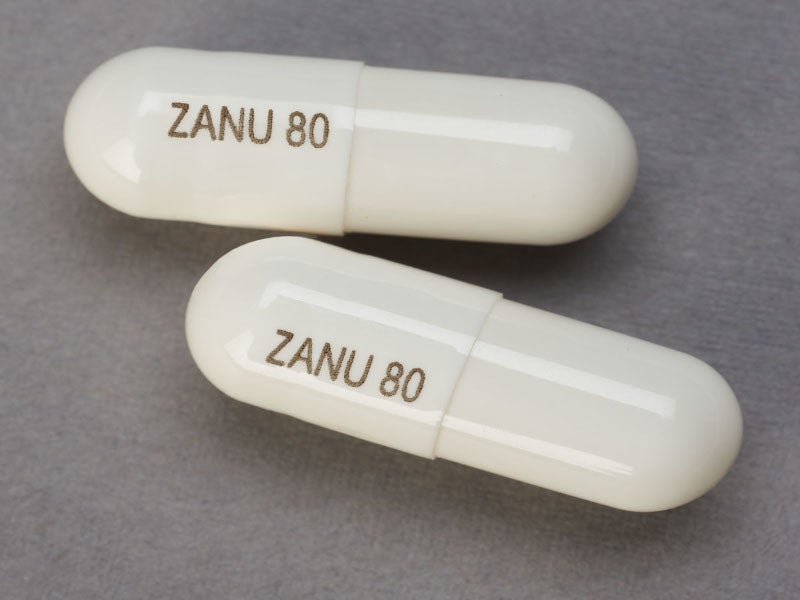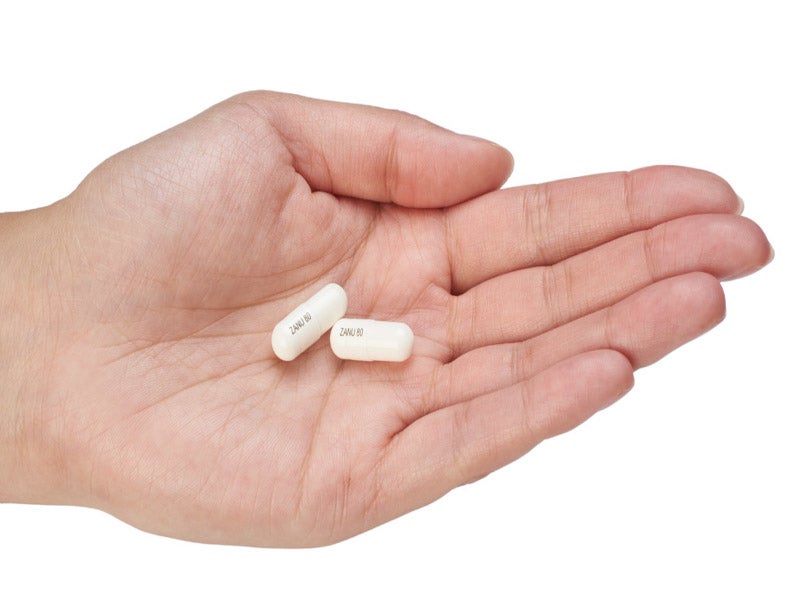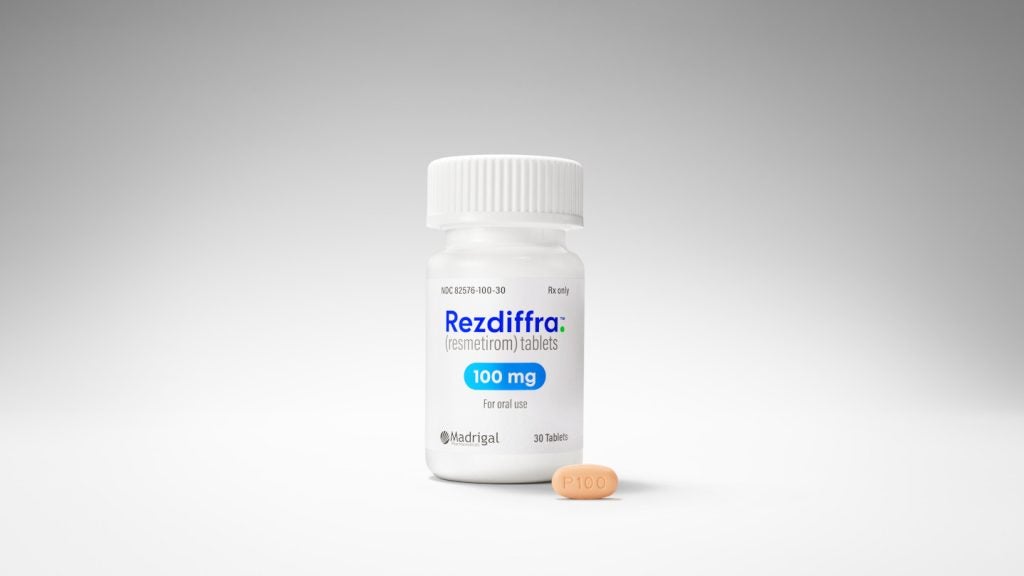Brukinsa® (zanubrutinib) is a highly selective Bruton’s tyrosine kinase (BTK) inhibitor indicated for the treatment of Waldenstrom’s macroglobulinaemia (WM), mantle cell lymphoma (MCL), chronic lymphocytic leukaemia (CLL)/small lymphocytic lymphoma (SLL), and relapsed or refractory marginal zone lymphoma (MZL) in adults.
Developed by Chinese biopharmaceutical company BeiGene, Brukinsa is available as an 80mg white to off-white opaque capsule for oral administration.
Regulatory approvals for Brukinsa
Brukinsa was first approved by the US Food and Drug Administration (FDA) in November 2019 for the treatment of MCL in adult patients who had received at least one prior regimen. In the same month, US-based pharmaceutical technology company Catalent entered a long-term agreement with BeiGene for the production and commercial supply of the drug in the US.
In June 2020, Brukinsa was accepted by the European Medicines Agency (EMA) for regulatory review for the treatment of WM in patients who had received at least one prior therapy, or for treatment-naive patients who are unsuitable for chemo-immunotherapy.
In August 2021, the Swiss Agency for Therapeutic Products (Swissmedic) granted orphan drug status to Brukinsa and accepted a marketing authorisation application for the drug for WM treatment.
The drug received approval in Australia for the treatment of WM in October 2021 and was approved by Health Canada for the treatment of WM and MCL in March and July 2021 respectively.
The drug was approved in China for CLL/SLL and MCL in June 2020, and for relapsed or refractory WM in June 2021.
The FDA extended the label of Brukinsa for the treatment of adult patients with WM in September 2021.
Brukinsa received approval from the European Commission (EC) for WM in November 2021. In the same month, the Saudi Food and Drug Authority (SFDA) approved the drug for treating MCL in Saudi Arabia.
The drug is currently approved for MCL in the US, Canada, China, Australia, Brazil, Russia and the UAE.
In January 2022, BeiGene’s supplemental new drug application for Brukinsa for the treatment of WM in adult patients was accepted for review by China National Medical Products Administration’s (NMPA) Centre for Drug Evaluation (CDE).
The drug was approved by Swissmedic in February 2022 to treat WM patients who have received at least one prior therapy.
In March 2022, Brukinsa was approved in Israel for the treatment of WM. In the same month, Health Canada approved the drug for the treatment of patients with MZL who have received at least one prior anti-CD20-based therapy.
The drug is currently under regulatory review in Taiwan and South Korea as a treatment for WM.
Brukinsa received approval in Brazil for the treatment of adult patients with WM and r/r MZL in November 2022. The European Commission approved the drug for the treatment of adult patients with treatment-naive (TN) or R/R CLL in the same month.
In January 2023, Brukinsa received FDA approval for the treatment of adult patients with CLL or SLL, based on two global Phase III clinical studies, SEQUOIA and ALPINE, which showed improved efficacy and a favourable safety profile for the treatment of CLL or SLL.
In the same month, Brukinsa was granted marketing authorisation by the UK’s Medicines and Healthcare Products Regulatory Agency (MHRA) for the treatment of adult patients with CLL and MZL.
The drug is currently approved in more than 60 markets, including the US, the European Union, Great Britain, Canada, China, Australia, South Korea, Iceland, Norway, and Switzerland.
Waldenstrom’s macroglobulinaemia causes and symptoms
WM is a rare and incurable blood cancer that predominantly affects the bone marrow. It is a type of non-Hodgkin lymphoma that accounts for around 1% of all occurrences.
The disease starts in B-cells and disrupts normal blood cell formation by building up macroglobulin (abnormal proteins) in the bone marrow with the progression of the disease.
WM is more prevalent in men than in women and most commonly affects elderly individuals. Common symptoms of WM include weakness, appetite loss, fever, sweats, loss of weight and neuropathy.
Brukinsa’s mechanism of action
Brukinsa is a small-molecule, orally active BTK inhibitor that covalently binds with a cysteine residue in the BTK’s active site, inactivating the enzyme irreversibly and inhibiting BTK activity.
BTK is an essential component of the B-cell receptor (BCR) signalling pathways. The BCR signalling controls cell proliferation and survival in various B-cell malignancies.
BTK inhibitors prevent BCR-induced BTK activation and downstream signalling, inhibiting the growth of and ultimately killing malignant B-cells.
Clinical trials on Brukinsa
The FDA’s approval of Brukinsa for WM was based on positive safety and efficacy results from 351 WM patients in a Phase III randomised, open-label, multi-centre clinical trial named ASPEN.
The approval was also supported by data from a Phase II clinical trial conducted in China, as well as a global Phase I/II clinical trial conducted in patients with B-cell malignancies. The drug’s safety profile was also supported by data drawn from 779 patients in six clinical trials of Brukinsa.
In the ASPEN trial, Brukinsa was compared with ibrutinib in patients with MYD88 L265P mutation (MYD88ᴹᵁᵀ) WM. The first cohort included 201 patients, who were randomised to receive either Brukinsa 160mg twice daily or ibrutinib 420mg once daily until disease progression or unacceptable toxicity.
The second cohort included patients with MYD88 wildtype (MYD88WT) or MYD88 mutation unknown WM, who were given Brukinsa 160mg twice daily.
The study’s primary endpoint was the proportion of patients achieving a very good partial response (VGPR) in the first cohort as assessed by an independent review committee (IRC) according to modified sixth International Workshop on Waldenstrom’s Macroglobulinaemia (IWWM-6) response criteria (Treon 2015). An additional outcome measure was the duration of response (DoR).
A VGPR was achieved in around 28% of patients treated with Brukinsa, compared with 19% of patients treated with ibrutinib based on the modified IWWM-6 response criteria. The VGPR rate was 16% for Brukinsa, against 7% for ibrutinib based on IWWM-6 response criteria.
A 50% response rate (CR+VGPR+PR) was achieved in the second cohort, as assessed by IRC using IWWM-6 or modified IWWM-6. The DoR after 12 months was 94% with Brukinsa and 88% with ibrutinib.
The most common adverse reactions reported in patients during the trial were neutropenia, upper respiratory tract infection, decreased platelet count, rash, haemorrhage, musculoskeletal pain, decreased haemoglobin levels, bruising, diarrhoea, pneumonia, and cough.
Brukinsa is supported by a wide clinical programme, including more than 4,700 participants in 35 clinical trials across over 30 geographies.

